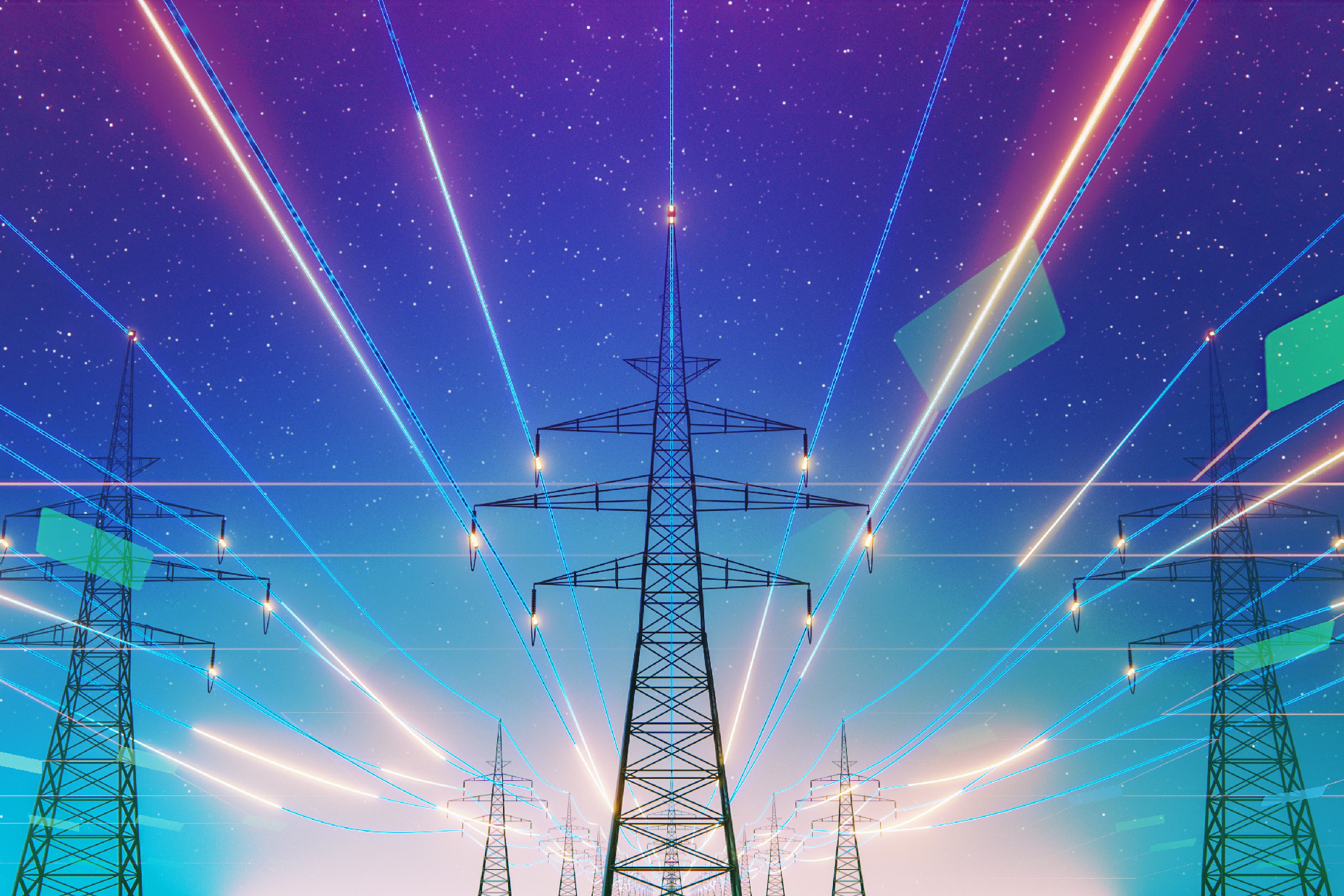Introduction to Power Grid Management
Managing a power grid is like trying to solve an enormous puzzle. Grid operators must ensure the proper amount of power is flowing to the right areas at the exact time when it is needed, and they must do this in a way that minimizes costs without overloading physical infrastructure. Even more, they must solve this complicated problem repeatedly, as rapidly as possible, to meet constantly changing demand.
The Challenge of Solving Complex Problems
To help crack this consistent conundrum, MIT researchers developed a problem-solving tool that finds the optimal solution much faster than traditional approaches while ensuring the solution doesn’t violate any of the system’s constraints. In a power grid, constraints could be things like generator and line capacity. This new tool incorporates a feasibility-seeking step into a powerful machine-learning model trained to solve the problem. The feasibility-seeking step uses the model’s prediction as a starting point, iteratively refining the solution until it finds the best achievable answer.
How the New Tool Works
The MIT system can unravel complex problems several times faster than traditional solvers, while providing strong guarantees of success. For some extremely complex problems, it could find better solutions than tried-and-true tools. The technique also outperformed pure machine learning approaches, which are fast but can’t always find feasible solutions. In addition to helping schedule power production in an electric grid, this new tool could be applied to many types of complicated problems, such as designing new products, managing investment portfolios, or planning production to meet consumer demand.
Combining Approaches for Better Results
Ensuring optimal power flow in an electric grid is an extremely hard problem that is becoming more difficult for operators to solve quickly. Grid operators often rely on traditional solvers, which provide mathematical guarantees that the optimal solution doesn’t violate any problem constraints. But these tools can take hours or even days to arrive at that solution if the problem is especially convoluted. On the other hand, deep-learning models can solve even very hard problems in a fraction of the time, but the solution might ignore some important constraints. For FSNet, the researchers combined the best of both approaches into a two-step problem-solving framework.
Focusing on Feasibility
In the first step, a neural network predicts a solution to the optimization problem. Next, a traditional solver that has been incorporated into FSNet performs a feasibility-seeking step. This optimization algorithm iteratively refines the initial prediction while ensuring the solution does not violate any constraints. Because the feasibility-seeking step is based on a mathematical model of the problem, it can guarantee the solution is deployable.
Benefits and Future Directions
The researchers designed FSNet to address both main types of constraints (equality and inequality) at the same time. This makes it easier to use than other approaches that may require customizing the neural network or solving for each type of constraint separately. By thinking differently about how the neural network solves complex optimization problems, the researchers were able to unlock a new technique that works better. They compared FSNet to traditional solvers and pure machine-learning approaches on a range of challenging problems, including power grid optimization. Their system cut solving times by orders of magnitude compared to the baseline approaches, while respecting all problem constraints.
Conclusion
In conclusion, the new tool developed by MIT researchers has the potential to revolutionize the way complex problems are solved, particularly in the context of power grid management. By combining the strengths of traditional solvers and machine learning approaches, FSNet can provide fast and reliable solutions that meet all the constraints of the problem. As the researchers continue to improve and expand their technique, it is likely to have a significant impact on a wide range of fields, from energy management to product design and investment portfolio management.
FAQs
Q: What is the main challenge in managing a power grid?
A: The main challenge is ensuring the proper amount of power is flowing to the right areas at the exact time when it is needed, while minimizing costs and not overloading physical infrastructure.
Q: How does the new tool developed by MIT researchers work?
A: The tool works by combining a machine learning model with a traditional solver to find the optimal solution to a complex problem, while ensuring that the solution does not violate any constraints.
Q: What are the benefits of using the new tool?
A: The benefits include faster solving times, strong guarantees of success, and the ability to find better solutions to complex problems.
Q: What are the potential applications of the new tool?
A: The potential applications include power grid optimization, product design, investment portfolio management, and planning production to meet consumer demand.
Q: What is the next step for the researchers?
A: The researchers plan to make the tool less memory-intensive, incorporate more efficient optimization algorithms, and scale it up to tackle more realistic problems.











